When winter sets in, every step outside can feel like a battle against the elements. From icy sidewalks to snowdrifts and freezing rain, your footwear is your first line of defense. Having the right pair of winter boots can mean the difference between a miserable day and a cozy, adventure-filled winter.
In this ultimate guide, we’ll explore everything you need to know about winter footwear — from choosing the right materials to understanding insulation and waterproofing. Let’s make sure your feet stay warm, dry, and comfortable all winter long.
Why Choosing the Right Winter Footwear Matters
When temperatures drop, your body naturally diverts blood flow away from your extremities to protect your vital organs. That’s why your hands and feet are often the first parts of your body to feel cold. Proper winter footwear protects you from:
- Frostbite and hypothermia
- Slips and falls
- Wet, cold, and uncomfortable conditions
- Long-term damage to skin and tissue
If you’re serious about enjoying winter — whether it’s hiking, commuting, or playing in the snow — choosing the right boots is non-negotiable.
Essential Features to Look for in Winter Footwear
When shopping for winter boots, you’ll want to prioritize these features:
1. Insulation
Insulation is what keeps your feet warm by trapping body heat. Popular materials include:
- Thinsulate™: Lightweight, breathable, and extremely warm.
- Wool liners: Natural and moisture-wicking.
- Shearling: Luxurious and super cozy.
Boots often list insulation weight in grams. As a general rule:
- 200g: For mild cold (around 30°F/-1°C).
- 400g–600g: For moderate cold and snow.
- 800g and above: For extreme conditions.
2. Waterproofing
Wet feet quickly turn into cold feet. Look for:
- Waterproof membranes like GORE-TEX®
- Rubber outsoles
- Sealed seams
- Treated leather or synthetic uppers
Brands like Northside USA design their boots with superior waterproofing technology to ensure your feet stay dry even on the wettest days.
3. Traction
Winter is slippery! Good traction prevents falls on ice and snow. Key traction features include:
- Lugged rubber soles
- Specialized treads for icy surfaces
- Snowshoe compatibility (for heavy snow areas)
4. Comfort and Fit
A boot that’s too tight will restrict blood flow, making your feet colder. Make sure there’s enough room to wiggle your toes and wear thick socks. Always try boots on with the socks you plan to wear in winter.
Best Materials for Winter Boots
Choosing the right material can make a massive difference:
- Full-grain leather: Durable, water-resistant when treated, and breathable.
- Rubber: Naturally waterproof and perfect for wet slushy conditions.
- Synthetic fabrics: Lightweight, flexible, and often cheaper but may wear out faster.
Pro Tip: Always reproof leather boots annually to maintain water resistance!
Top Types of Winter Footwear for Different Activities
Not all winter boots are created equal. Here’s what to wear based on your winter plans:
1. Everyday Winter Boots
Ideal for commuting, errands, and casual outings. Look for:
- Moderate insulation
- Sleek designs
- Lightweight feel
- Waterproof lining
Recommended: Northside USA offers stylish options perfect for city life without compromising comfort.
2. Snow Boots
Perfect for heavy snow days, snowball fights, or snowmobiling.
- Heavy insulation (400g and above)
- High waterproof rating
- Thick, rugged soles
3. Hiking Boots
Winter hikes demand specialized gear.
- Aggressive tread patterns
- Ankle support
- Waterproof membranes
- Breathable insulation
4. Fashion Boots
When you want to look good and stay warm:
- Faux fur or shearling details
- Slimmer silhouettes
- Moderate insulation (200g-400g)
Remember, fashion boots are great for light winter days but might not hold up in extreme conditions.
How to Care for Your Winter Footwear
Extend the life of your winter boots with these care tips:
- Dry thoroughly: Remove liners and air out boots after every use.
- Clean regularly: Brush off salt and grime.
- Condition leather: Use special conditioners to prevent cracking.
- Store properly: Keep boots in a cool, dry place, and avoid direct heat.
Want durable, high-quality boots built for real winters? Check out Northside USA's winter collection.
Common Mistakes to Avoid When Buying Winter Footwear
- Buying the Wrong Size: Tight boots = cold feet.
- Ignoring Waterproofing: Not all boots are naturally waterproof.
- Choosing Style Over Function: Fashionable doesn't always mean practical.
- Underestimating Insulation Needs: Always consider your local winter climate.
- Neglecting Break-in Time: New boots need a few wears before big adventures.
How to Layer Socks for Maximum Warmth
Pair your boots with the right socks:
- Base layer: Thin moisture-wicking sock (like merino wool).
- Mid layer: Thicker insulating sock for colder days.
- Avoid cotton: It absorbs moisture and makes your feet colder.
Investing in good socks is just as important as investing in quality winter boots.
Why Northside USA is Your Go-To for Winter Footwear
At Northside USA, winter isn't just a season — it's a lifestyle. They offer:
- Rugged durability
- Stylish designs
- Superior warmth and waterproofing
- Affordable prices
From everyday winter boots to hardcore snow and hiking gear, Northside has something for every adventurer.
Final Thoughts: Walk into Winter Prepared
Winter is magical — crisp air, snowy landscapes, and cozy evenings. But it’s hard to enjoy any of it if your feet are freezing and wet. Investing in the right winter footwear ensures that you stay warm, dry, and ready for every winter adventure.
Whether you're hiking rugged trails or heading downtown for a latte, don't settle for anything less than comfort and performance. For reliable, stylish, and rugged boots, visit Northside USA today and step confidently into the season.
FAQs About Winter Footwear
How do I know if my boots are truly waterproof?
Look for boots made with sealed seams, waterproof membranes like GORE-TEX®, and rubberized outer materials. Always check the manufacturer's specifications.
Can I wear regular sneakers during winter?
Sneakers typically don't offer enough insulation or waterproofing for cold, wet conditions. It's better to invest in proper winter boots.
How often should I replace my winter boots?
If you use them regularly, a good pair should last about 2–3 winters. Watch for signs like worn soles, leaks, or compromised insulation.
What's the best way to break in new winter boots?
Wear them around the house with thick socks for a few days before taking them outside. Gradually increase the time you wear them to avoid blisters.
Are heavier boots always warmer?
Not necessarily. Proper insulation and fit are more critical than weight. Some lightweight boots offer excellent warmth without the bulk.


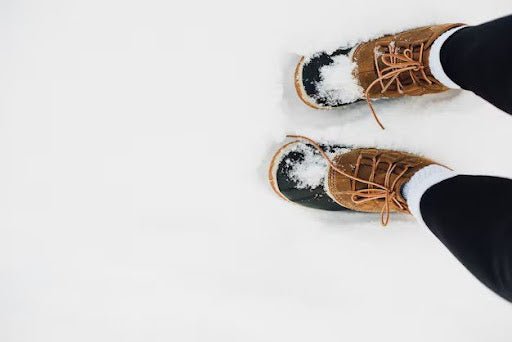
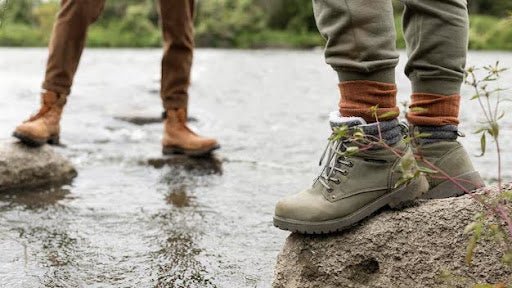
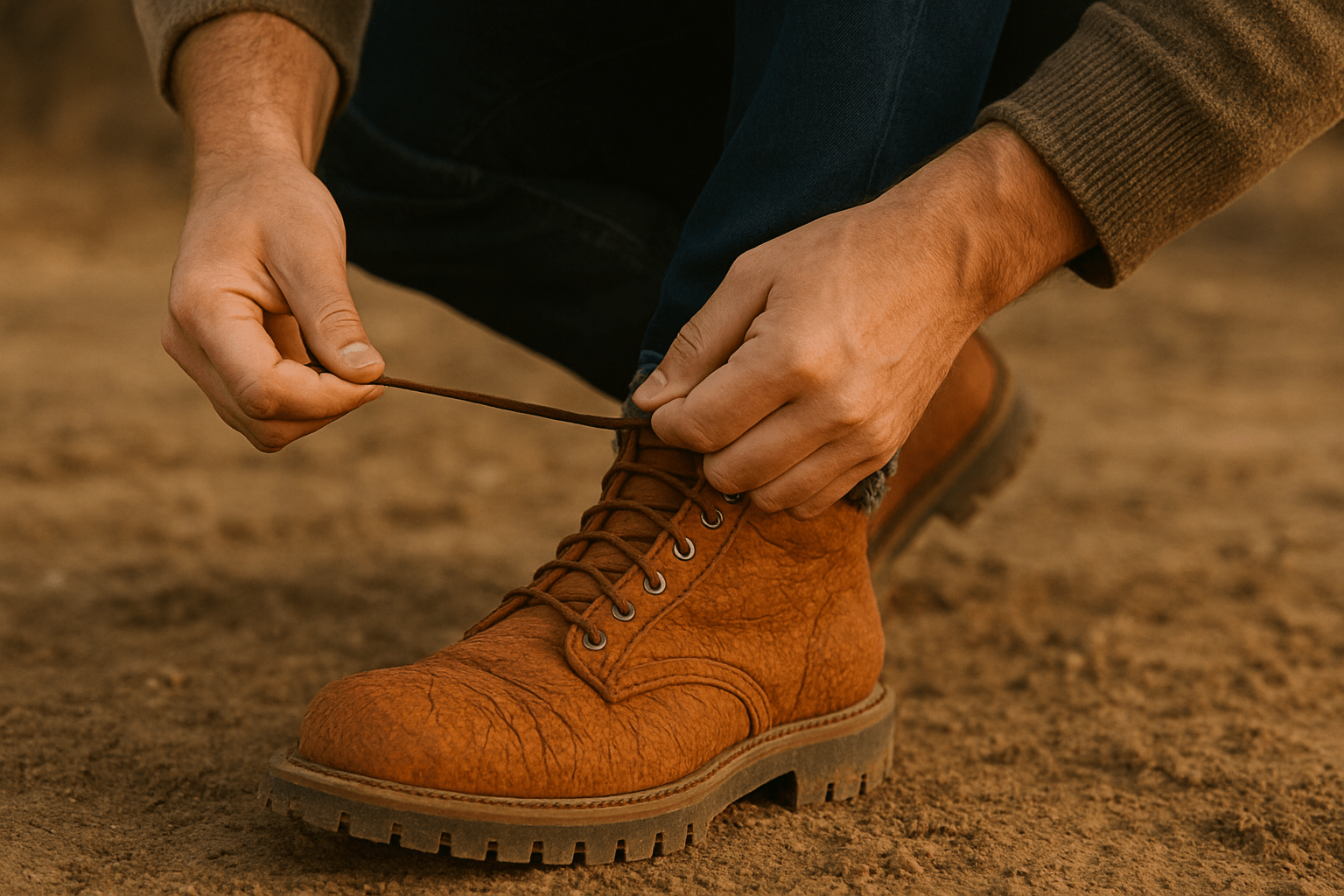
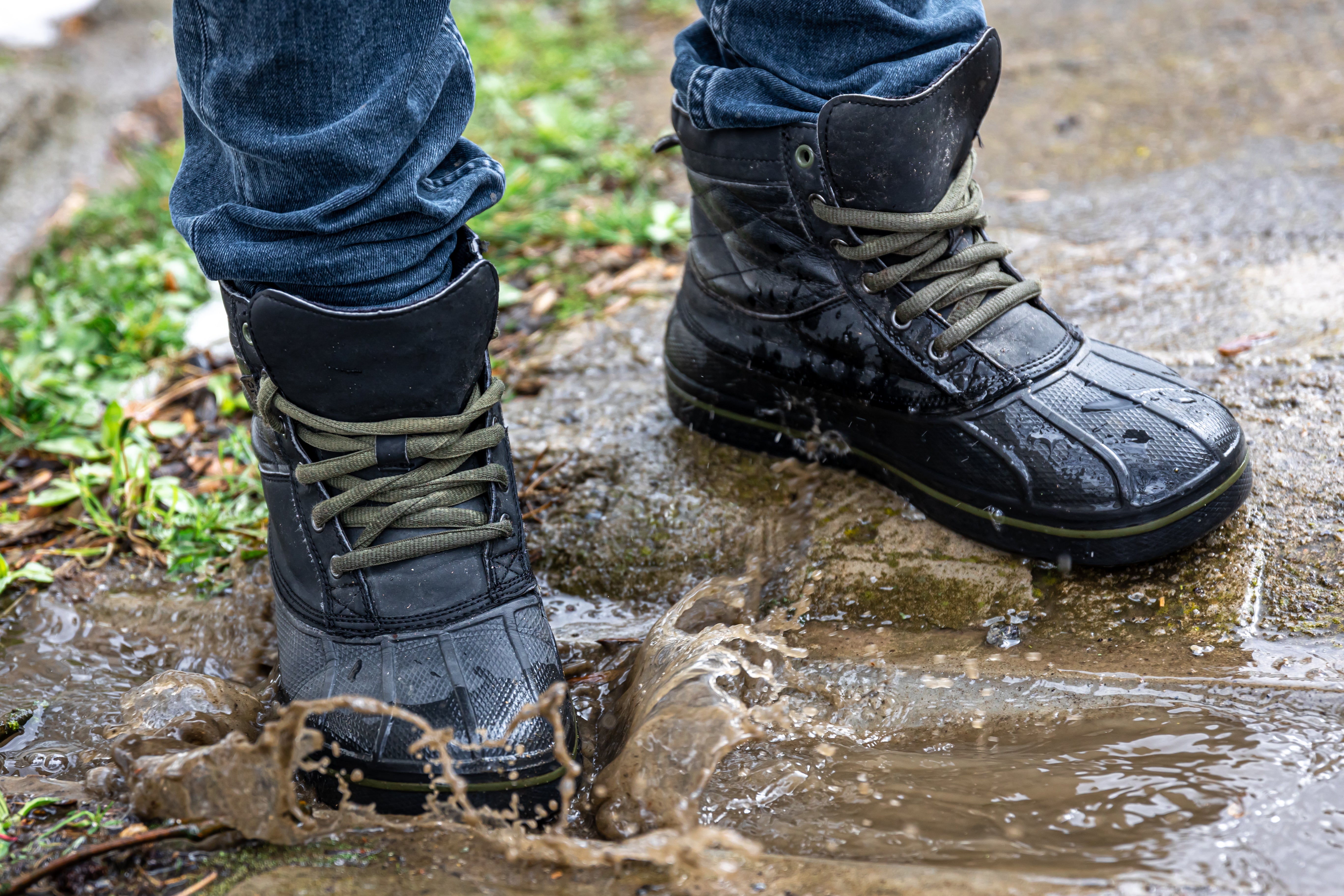
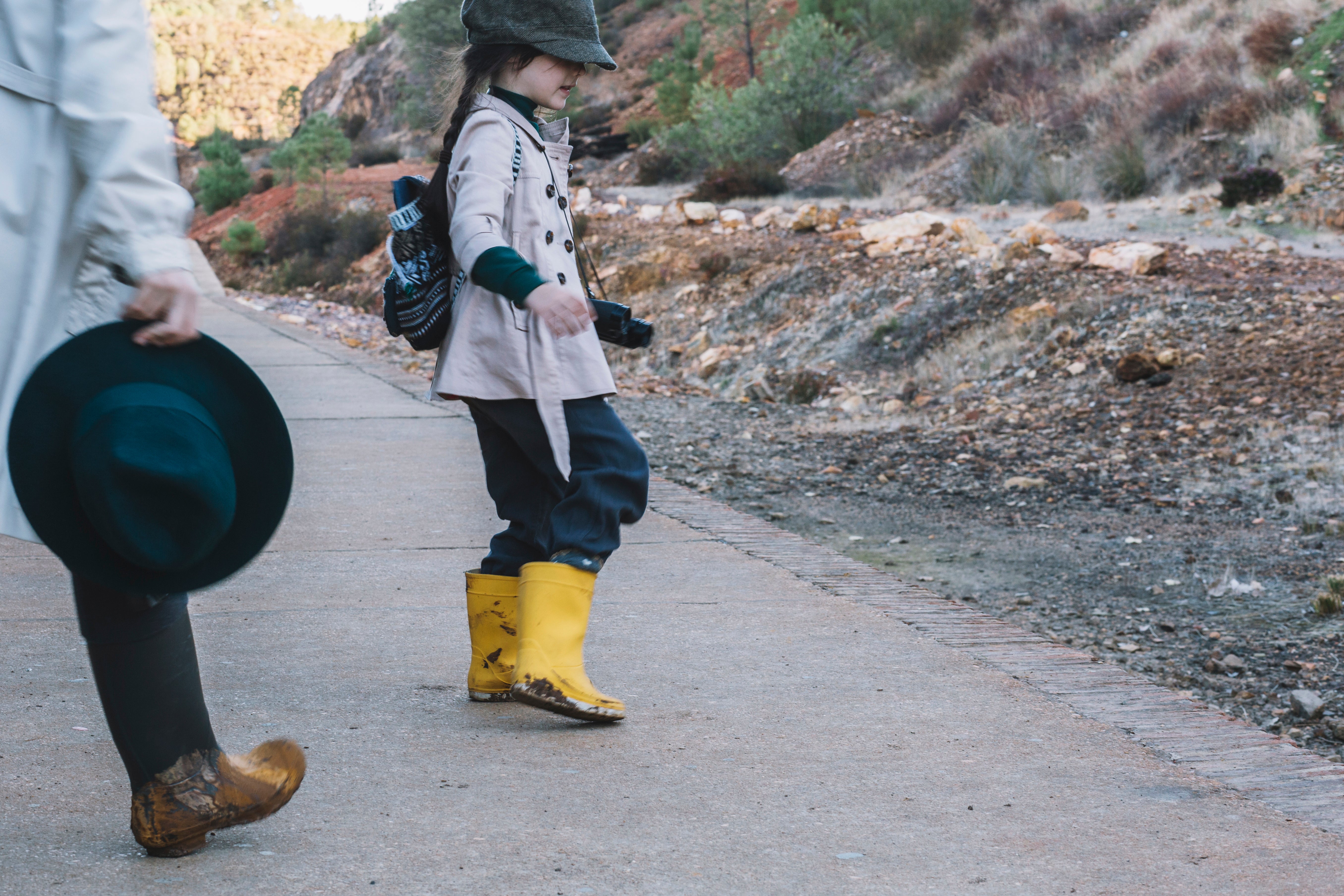
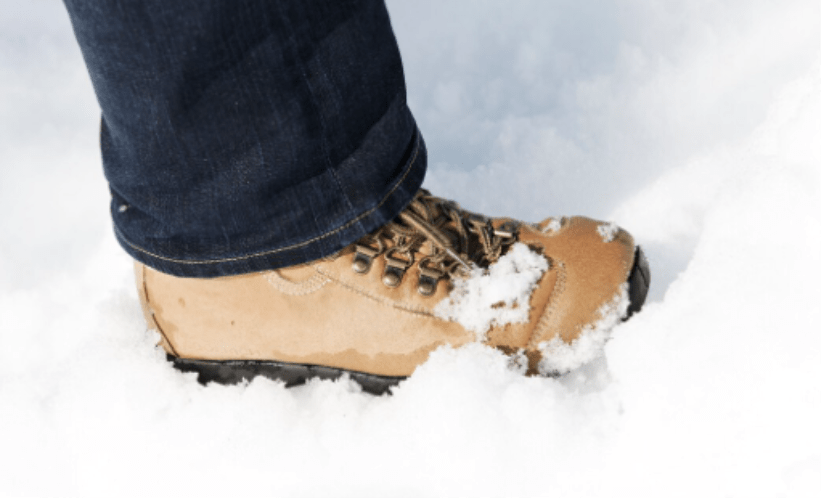
Dejar un comentario
Todos los comentarios se revisan antes de su publicación.
Este sitio está protegido por hCaptcha y se aplican la Política de privacidad de hCaptcha y los Términos del servicio.